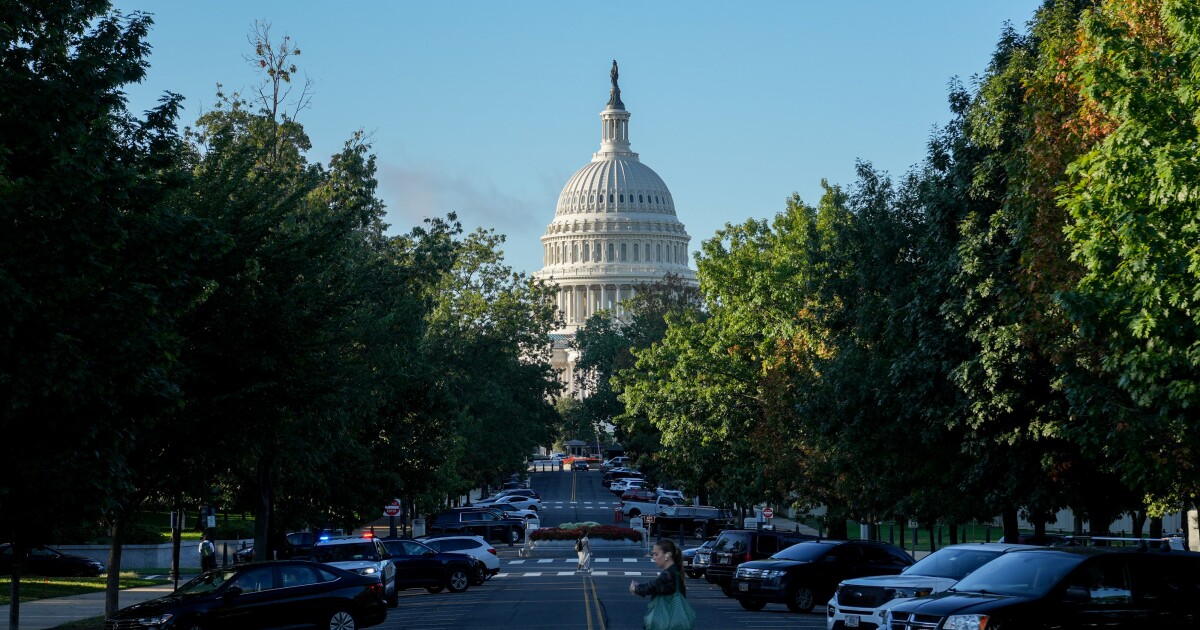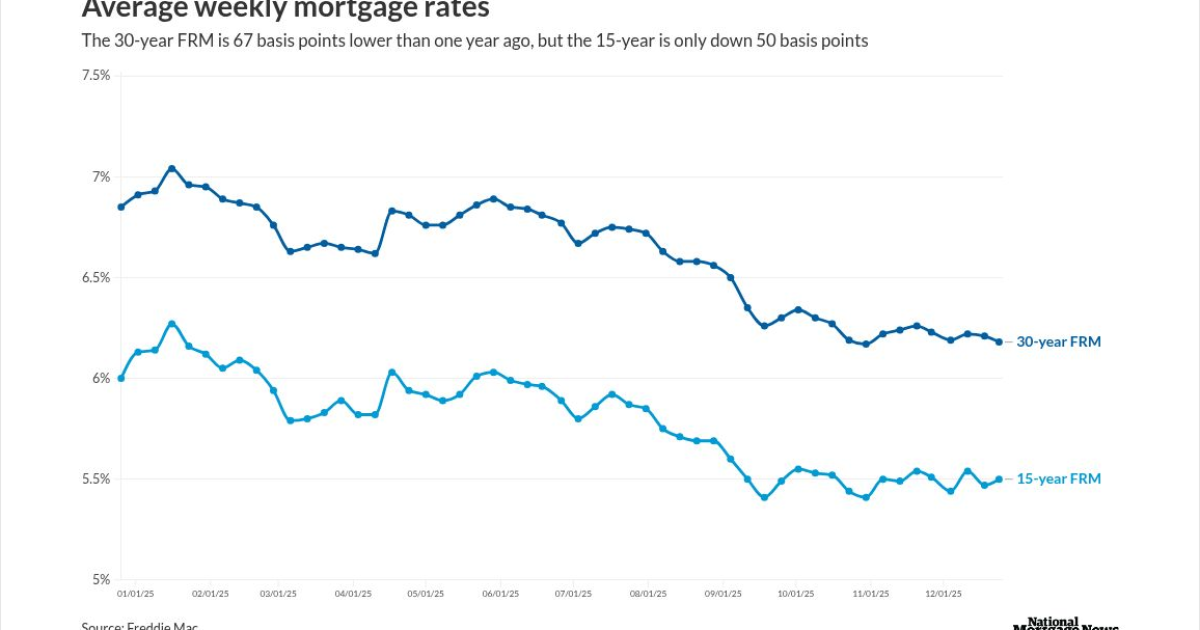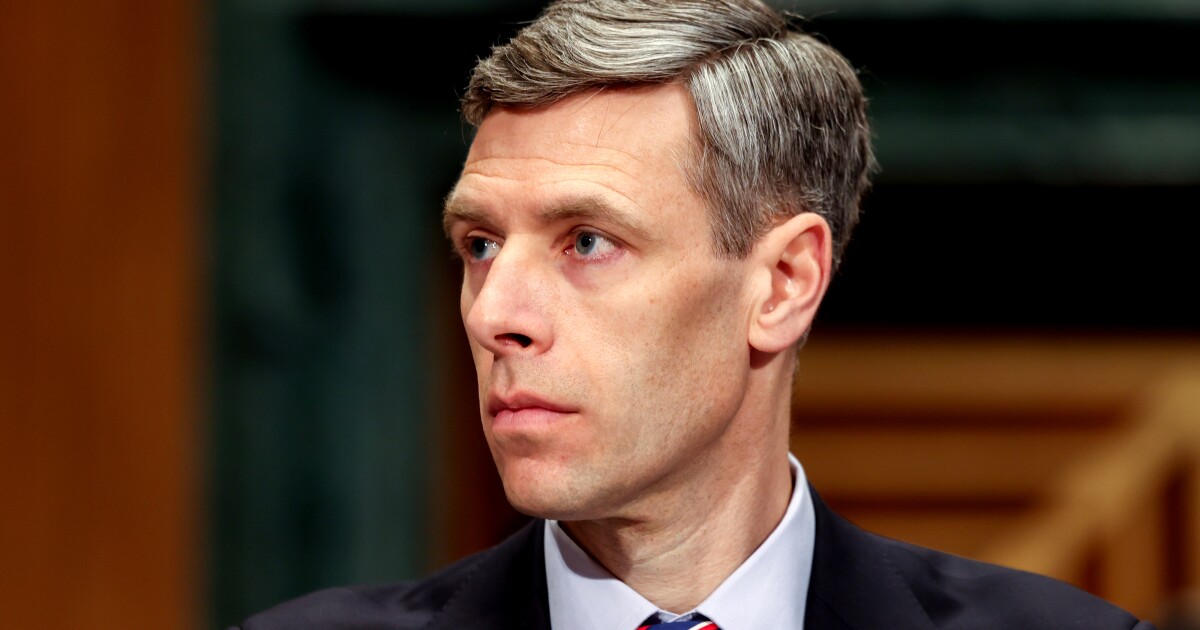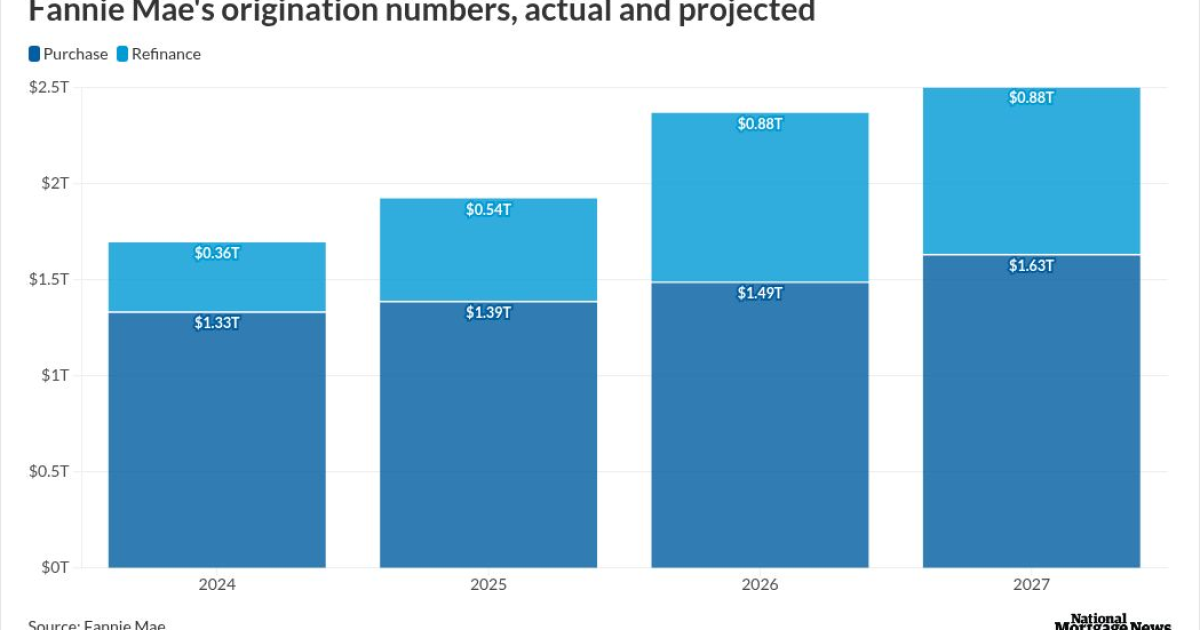
The data void created by the US
Interest-rate swaps have been steadily pricing in roughly a quarter-point rate cut in both October and December in recent weeks amid signs the job market is cooling. The catch, though, is that the government closure that began on Oct. 1 has delayed the release of official data that traders rely on to assess growth and inflation and gauge the Fed's next steps, after it eased last month for the first time this year.
READ MORE:
The figures will come out on a staggered basis after the standoff ends. But in the meantime, traders are bracing for a range of Fed outcomes. Some hedging flows have favored outlier dovish scenarios, such as one quarter-point and one half-point easing by year-end. On the flipside, other trades have focused on the possibility that the Fed forgoes a move at one meeting. The specter of stubbornly hot inflation elevates that risk.
Strategists at RBC Capital Markets fall into the skip camp, but lean toward that happening in December.
"We still think the Fed is going to skip a cut" by the end of this year, Blake Gwinn, head of US rates strategy at RBC, said in a note this week. "But an October skip now looks a lot less likely."
The lack of official data, the weak ADP Research employment report released last week, and the fact that the market sees a cut on Oct. 29 as virtually a lock, makes this the "path of least resistance for the Fed," Gwinn said.
READ MORE:
As the impasse in Washington drags on, Fed officials have been offering differing views on the policy outlook. Governor Stephen Miran, who dissented last month in favor of a half-point cut,
Investment manager Carlyle Group has released its own
Of course, there have also been plenty of options trades targeting the consensus view that two quarter-point cuts are likely ahead this year.
Yields on US 10-year notes were two basis points lower at 4.1% at 7:00 a.m. in New York, matching the average rate over the past month.



